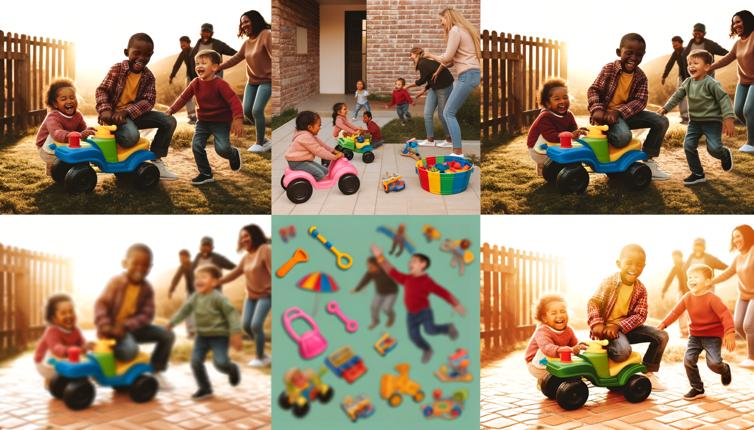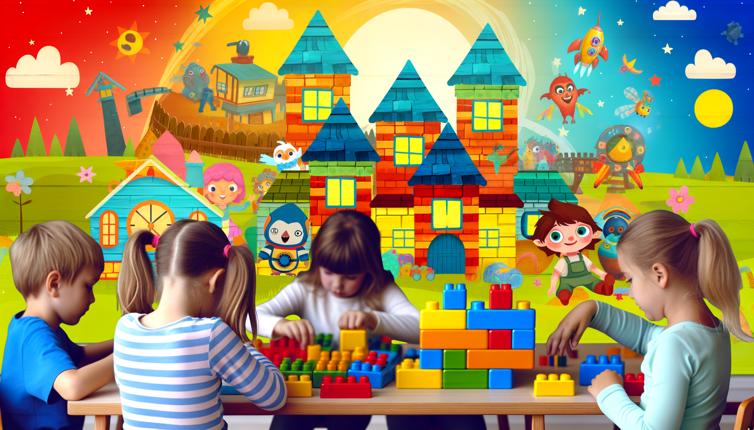Consider the Age and Developmental Stage
One of the most important factors to consider when choosing outdoor toys is the age and developmental stage of the child. Different toys are designed for different age groups and offer varying levels of complexity and challenge.,For infants and toddlers, look for toys that are safe and easy to grasp. Toys with bright colors, different textures, and sounds can also help stimulate their senses. As children get older, they may enjoy toys that promote mobility and encourage gross motor skills, such as ride-on toys or bikes.,For older children, consider toys that promote more advanced skills, such as sports equipment, gardening tools, or building sets. These toys can help develop coordination, teamwork, and problem-solving abilities.,By considering the age and developmental stage of the child, you can select toys that are not only safe but also engaging and appropriately challenging.
Choose Toys that Encourage Active Play
Outdoor play is a great opportunity for children to engage in physical activity and burn off energy. Therefore, it's important to choose toys that encourage active play.,Look for toys that require movement, such as balls, Frisbees, or jump ropes. These toys can promote coordination, balance, and cardiovascular health. Water toys, like sprinklers or water guns, can also provide a fun way to stay cool and active during hot weather.,Consider toys that promote cooperative play, such as team sports equipment or outdoor games. These toys not only encourage physical activity but also help develop social skills and teamwork.,By choosing toys that encourage active play, you can ensure that your child stays physically active while having fun outdoors.
Prioritize Safety
Safety should always be a top priority when choosing outdoor toys. Make sure to select toys that are age-appropriate and free from sharp edges or small parts that could pose a choking hazard.,Check for any safety certifications or labels on the toy packaging. Toys that meet safety standards will usually have symbols such as the CE mark (indicating compliance with European safety standards) or the ASTM label (indicating compliance with American safety standards).,Inspect the durability of the toys to ensure they are made of high-quality materials that can withstand outdoor conditions. Avoid toys with sharp points or rough surfaces that could cause injuries.,Additionally, consider the location where the toys will be used. Avoid toys with long strings or cords that could pose a strangulation hazard when used near play structures or trees.,By prioritizing safety, you can make sure that your child can enjoy their outdoor playtime without unnecessary risks.
Conclusion
Choosing the best toys for outdoor play doesn't have to be a daunting task. By considering the age and developmental stage of the child, choosing toys that encourage active play, and prioritizing safety, you can make an informed decision. Remember, outdoor play is not only fun but also essential for your child's physical and emotional well-being. So, get out there, explore the possibilities, and let the fun and learning begin!









